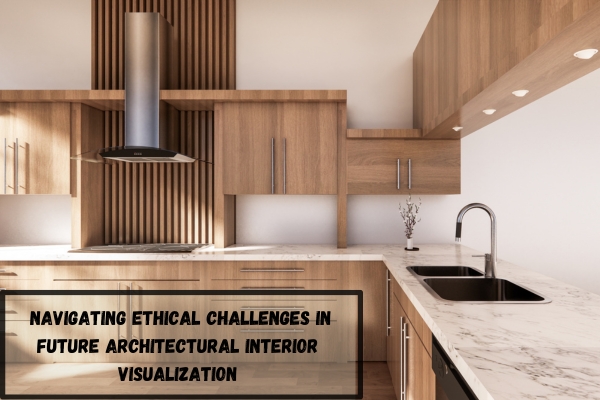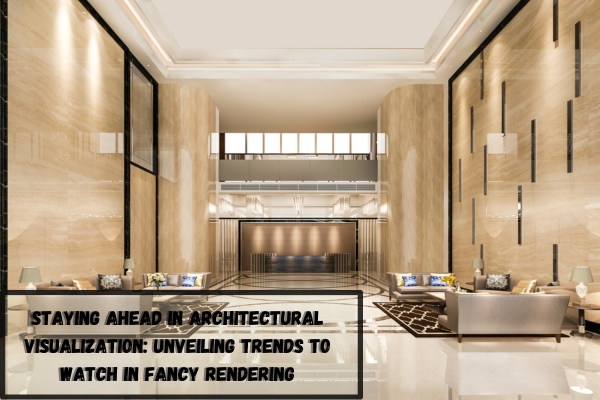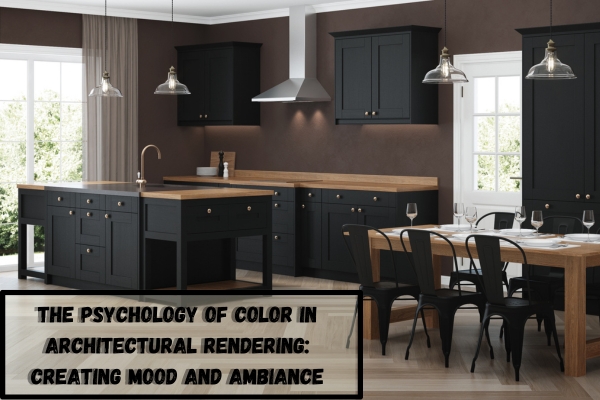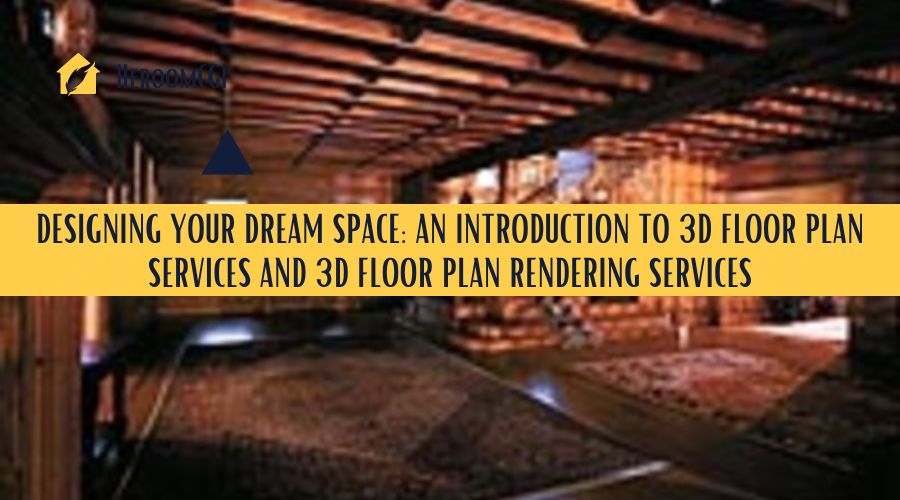In a world where architectural interior visualization is hurtling toward the future with unparalleled speed, the landscape of design is morphing before our eyes. As we gaze into the crystal ball of innovation, we find ourselves amidst a paradox. The very tools that bring our wildest design dreams to life also raise significant ethical questions. How do we balance technological leaps with responsible creativity? How do we ensure that our virtual realms remain firmly grounded in real-world values? Join us on a journey through the intricate maze of ethical challenges that lie ahead in the realm of future architectural interior visualization.
Ethical Challenges on the Horizon
Striking a Balance Between Real and Virtual
In this brave new world of architectural interior visualization, the line between the tangible and the digital blurs. While this fusion offers unmatched creative freedom, it also raises concerns about authenticity. How do designers prevent spaces from becoming soulless digital mirages devoid of human touch and warmth?
The Shadows of Unintended Consequences
As technology evolves, ethical dilemmas tend to proliferate. Consider the scenario of replicating historically significant spaces in virtual realms. While this enables preservation, does it inadvertently diminish the value of physical locations? What happens to the genuine sense of awe when an ancient cathedral can be ‘visited’ from a living room?
Unmasking the Illusion
In the realm of architectural interior visualization, appearances can be deceiving. As designers craft hyper-realistic virtual spaces, clients might struggle to differentiate between visualizations and reality. How can professionals ensure that expectations align with what can truly be achieved in the physical realm?
Navigating the Choppy Waters: Designer’s Dilemma
Preserving Cultural Integrity
Designers, now more than ever, are tasked with preserving the cultural heritage of spaces they visualize. The digital brush wields the power to either amplify or erase cultural nuances. How can designers ensure they tread lightly and honor the essence of the spaces they recreate?
Embracing Transparency
The age-old adage “honesty is the best policy” remains relevant in the digital realm. Designers need to be forthright about the capabilities and limitations of their visualizations. How can they communicate the fine line between imaginative representation and tangible execution?
FAQs: Unraveling the Ethical Enigma
Q1: Is it ethical to virtually ‘experience’ spaces that hold cultural significance?
A1: While it’s a powerful tool for accessibility, it’s essential to balance the digital encounter with respect for the real-world sanctity of such spaces.
Q2: How do designers maintain credibility in a world saturated with hyper-realistic visualizations?
A2: Transparency in communication and setting realistic expectations are key. Designers must be upfront about the boundaries of virtual representations.
Q3: Can virtual reality redefine our emotional connections to spaces?
A3: Yes, but designers must tread carefully, ensuring that these connections are enriching rather than replacing physical experiences.
Conclusion: Navigating with Ethics as Our Compass
As we forge ahead into the frontier of future architectural interior visualization, ethics must be our guiding light. Innovation should harmonize with responsibility, and creativity should coexist with accountability. Striking the equilibrium between the virtual and the tangible, and between technological feats and cultural reverence, will be the hallmark of designers who navigate these challenges with finesse. The synergy of technology and morality is not just a choice; it’s an imperative that will shape the essence of design itself. So, let’s raise our ethical sails and set forth on this uncharted yet exhilarating journey. The future of architectural interior visualization beckons, and it’s up to us to ensure it’s a realm we’re proud to call our own.









